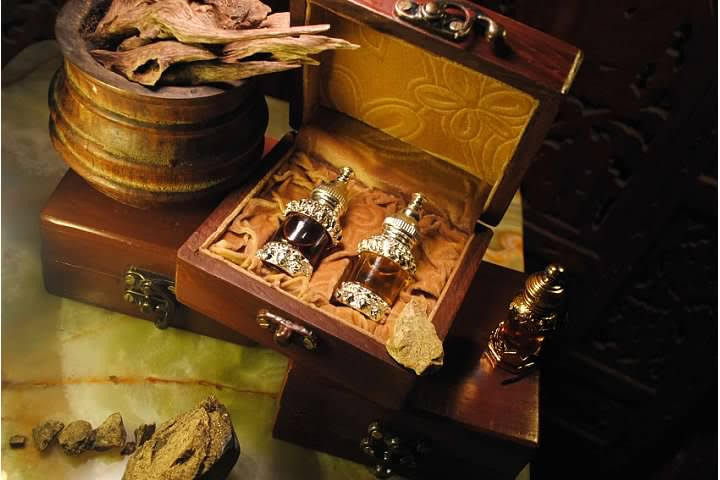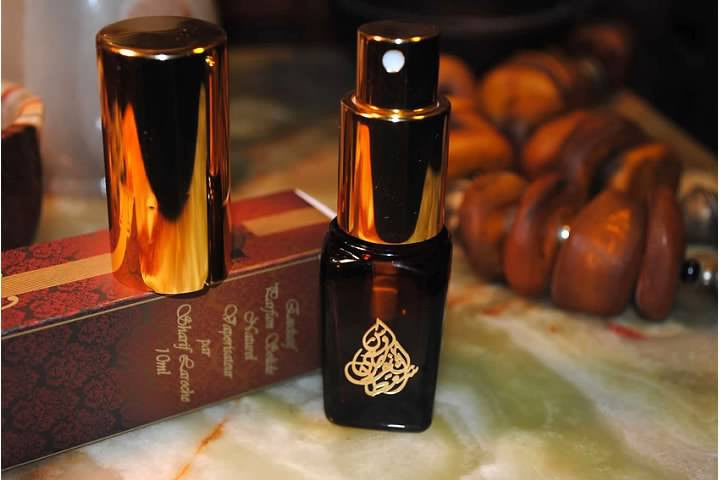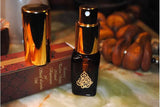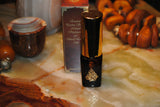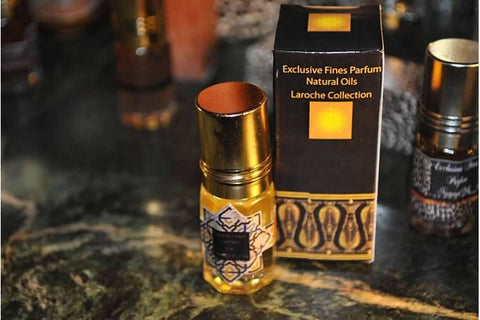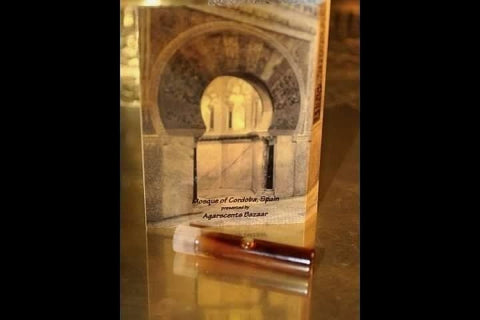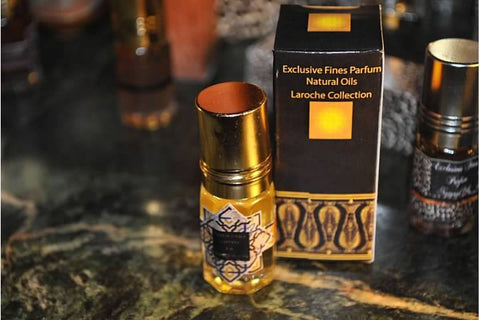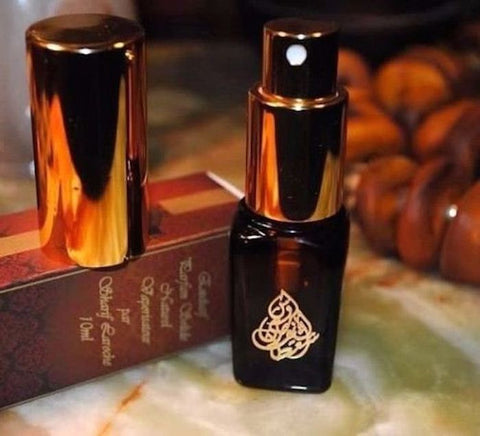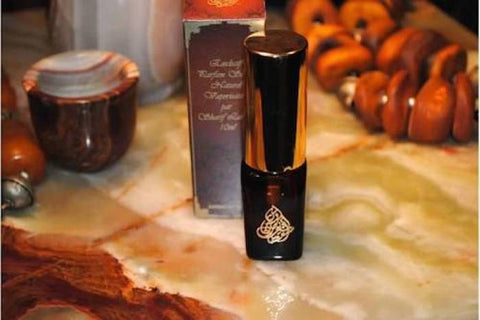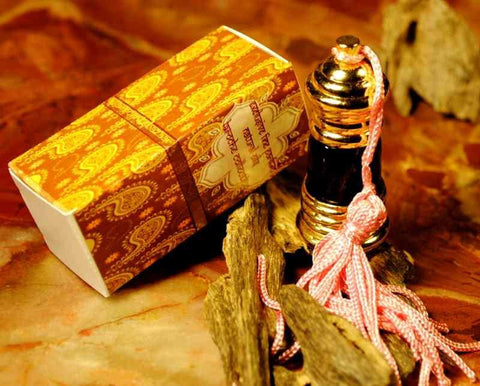Is perfume coded in our DNA? And can DNA be positively alerted by scents, thus promoting health and stability? Do scent cues illicit thought responses cued by pre-existing codes related to instinct embedded in our DNA similar to fight or flight?
Могут ли положительные запахи, связанные с ДНК, инициировать вегетативные реакции, которые регулируют выбросы гормонов, стимулируя удовольствие или реакцию подсознательно? Таким образом, запуск феохронических релизов, которые направляют и привлекают к вам других неосознанно?
The essential essence of life lives on in our collective memories and reemerges over time. Certain scents may unlock the mysteries, and aid in reimagining experiences via scent cues deeply embedded in our past, perhaps linked to our DNA. These cues prescribe to our higher self and its awareness is stimulated enhancing meditation, self-reflection and the inherent good.
These are the mysteries of life that we will explore in developing a perfume that will attempt to recall hidden passed-down traits of pleasing scents attached to DNA that shape personality thus positively releasing scent signatures as pheromones. All things have a beginning, and what better way exists in the exploration of scents and their evolution, before pheromones
ДНК.
ЧТО ТАКОЕ ФЕРОМОНЫ
The word pheromone is derived from the Greek phero, which means “to transport”and hormone meaning “to stimulate”. Pheromones are chemicals that are secreted or excreted by an individual and can trigger certain behavioural or social responses in members of the same species. Alarm pheromones, food trail pheromones and sex pheromones affect behaviour among many insects, vertebrates and plants, acting like chemical messengers between individuals. The chemical, neurological and physiological responses by the recipients are natural innate reactions to these chemical signals. Sex pheromones emitted by males and females tell other individuals about their species, well-being, reproductive ability, availability and desire. Certain substances, compounds and stimulants increase the level of sex hormones; aphrodisiacs of this type can be found in plants, herbs and animal substances - pure musk and true ambergris have been found to have aphrodisiac qualities, "pheromonal" activity, triggering physiological and behavioural responses by their natural odour.
ЧТО ТАКОЕ CIVET
The Civet is a small-sized, slender omnivorous solitary mammal which is native to tropical (southeast) Asia and Africa. Out of the dozen species of civet, the African (Palm) Civet (Civettictis civetta) is the most known, as this is the main species the civet musk used within perfumery comes from. The African Civet is uniquely recognized with black and white stripes and blotches, large hind quarters and an erectile dorsal crest. Names used for the Civet are "toddy cat" in English and "musang" in Malay, though referring to the African Civet as 'civet cat' is misleading, as this animal is not a feline, but related to weasels and mongooses.
ЧТО ТАКОЕ DEER MUSK
The Musk Deer refers to one of the seven species that belong to the Moschus Moschidae, a smaller primitive deer compared to the cervid, or true deer. This type of deer is found in the Himalayas; Nepal, India, Tibet, China, Siberia and Mongolia. Moschids have longer hind legs than front legs and lack antlers, but the male deer possesses tusk-like teeth and a musk gland. The substance with a pungent, penetrating odour produced by the musk gland “pod” of the Moschid is the actual pure Deer Musk.
ЧТО ТАКОЕ КАСТОРУМ
Castoreum is referred to as the yellowish secretion from the castor sac (scent gland) of the North American Beaver (Castor Canadensis) or the European Beaver (Castor Fiber) - two different types with different scents and appearance. This castoreum secretion helps the beavers keep their fur shiny and water-repellent. Both male and female beavers use the pheromone-laced castoreum mixed with urine to mark their territory. This secretion is known for its use in perfumery, medicinal use and as a food additive.
WHAT IS HIERACIUM
The petrified and fossilized excrement of the Cape Hyrax is called Hyraceum, also called the Dassie. This fairly sterile fossilized excrement made up of urine, feces, pollen, plant residue and food, is highly valuable within perfumery as well as in traditional South African medicine. Hyraceum is also called "African Stones", as it hardens and becomes rock-like during centuries of fossilization, and has a very complex scent similar to notes of deer musk, castoreum, civet, agarwood and tobacco. It has shown to be very useful in the treatment of epileptic seizures, stomach problems, ear infections, back problems and as a tranquillizer.
...
